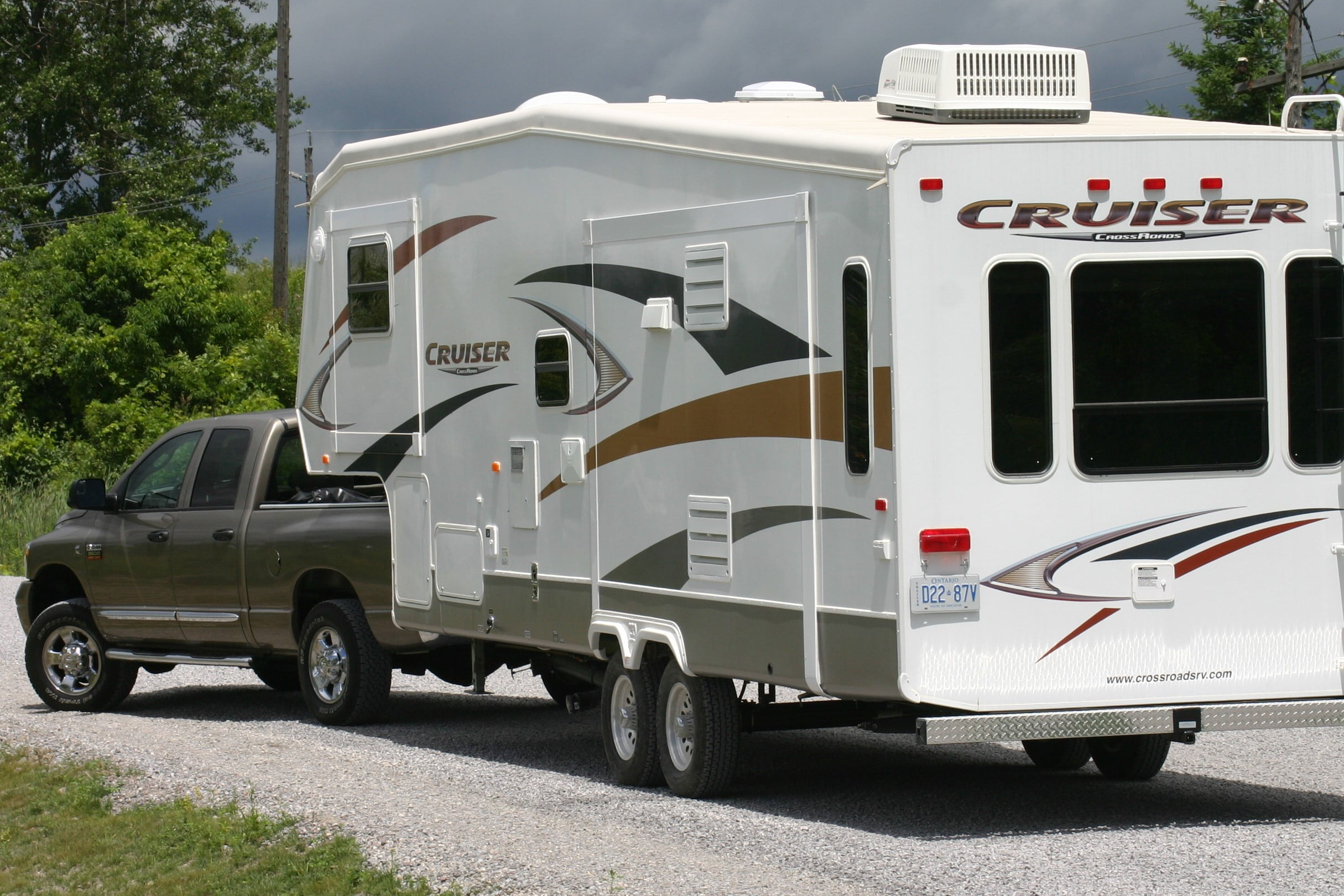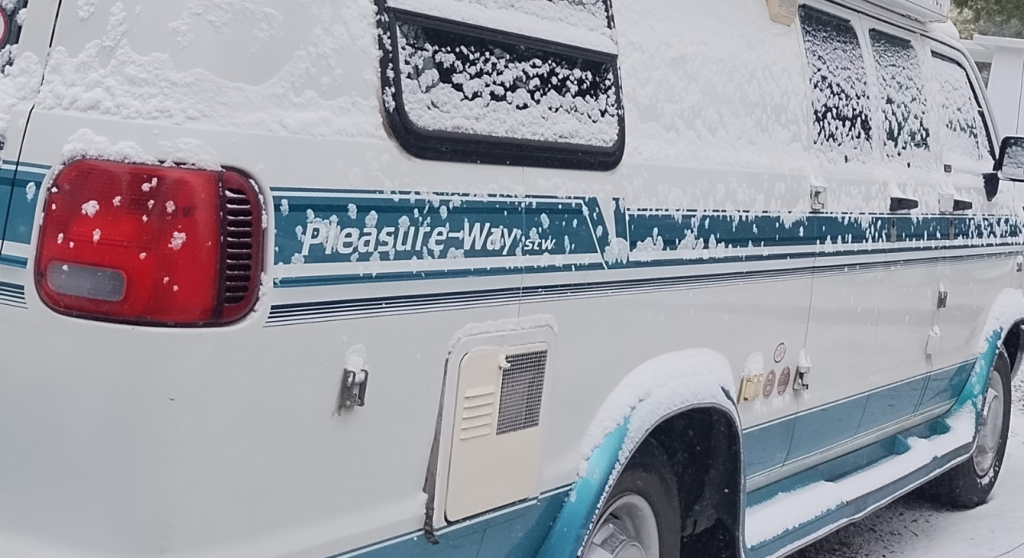RVs, in a sense, are a unified collection of subsystems all working together. Chassis, suspension, walls, roof, electrical, HVAC, plumbing, appliances, fixtures and the thousands of fasteners holding everything together. Yet all of this rests on just a single component – tires. Tires are the main support for the RV, yet as important as they are, they tend to be overlooked when it comes to maintenance, and with regards to the condition of the rubber – well, many people don’t even keep them properly inflated. So, when you consider what I’ve just written – doesn’t it seem a little strange that tires get so little attention?
Most of us have experienced a tire failure at some point in our lives. We know that when you get a flat, everything comes to a stop – often stranding you in very dangerous, high traffic locations. Now come the tow trucks with their blown travel schedules, anxiety and expensive roadside repairs. It is all part of the flat tire experience; it’s a major headache – yet many RVers will still tend to neglect their tires.
Well for our part at Explorer RV Club, now at the start of the coming camping season (and, yes we too hope that this current COVID-19 lockdown doesn’t rob us of the whole summer) we want to remind our readers of something that is as important as the health of our very own feet. You are going nowhere without those and your RV isn’t moving without decent, well maintained tires.
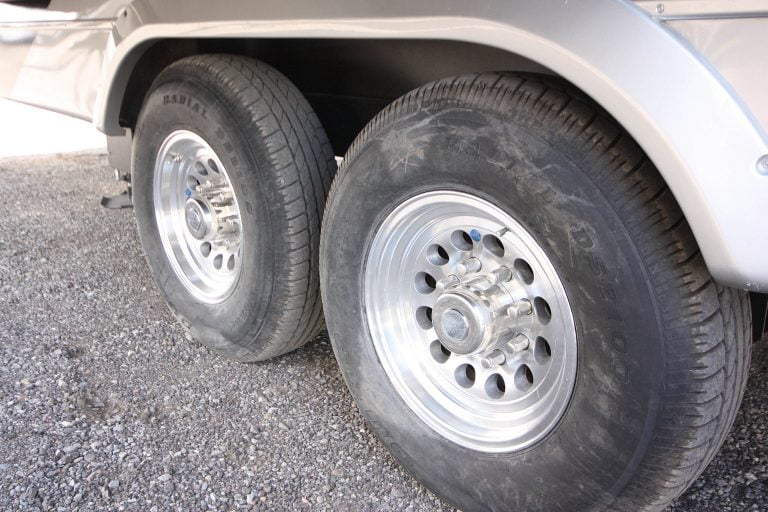
So, let’s go through the steps to take – not only annually – but as the season progresses and as your RV ages – to keep your tires in the best possible condition.
The first and simplest bit of advice is to remember that air pressure is very important. Keep your tires inflated to the factory prescribed pressures. Check them regularly and remember that too much can be just as dangerous as too little. Weather, temperature and altitude will also affect inflation. Keep that in mind as you move from cold to warm locations on your travels. Make checking tire pressure part of your regular circle check.
Tire tread condition is also important to watch. Like all of us, tires age – and not that well. They are particularly affected by UV rays; which in most cases are unavoidable. Don’t be fooled into thinking that low mileage on an old tire means it’s still safe; tires do dry out and they become brittle. This can lead to tread separation and the potential for blowouts.
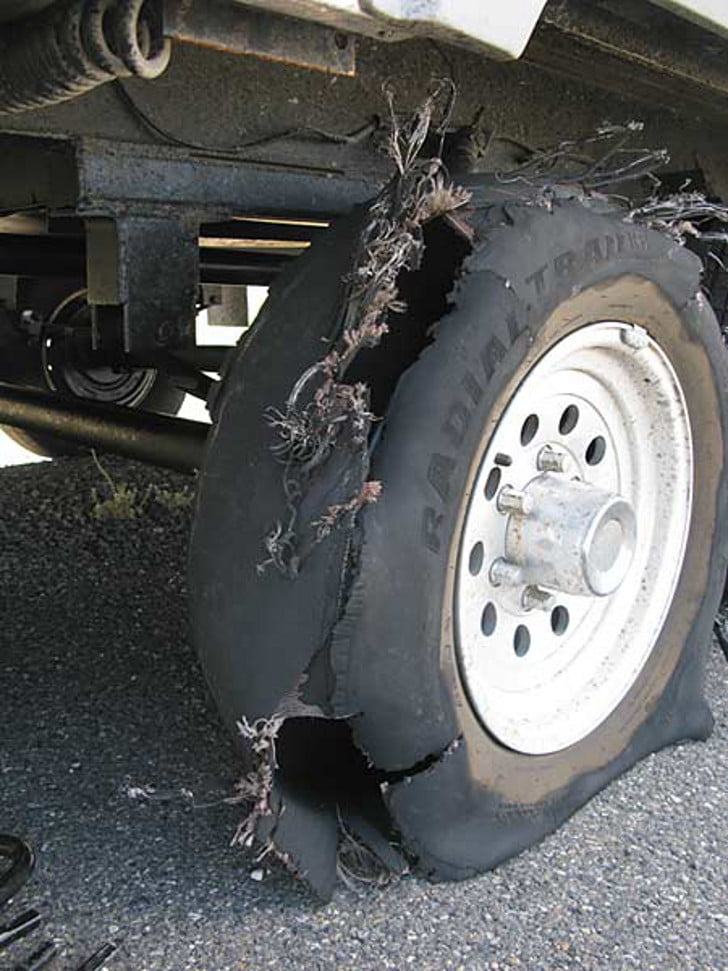
Rules for basic tire inspection:
- Check tire pressure cold, before your trip and during. (Always cold.)
- Check for uneven tread wear. (This can tip you off to other potential mechanical problems that are wearing the tires such as misaligned or worn suspension components.)
- Look for cracking inside the treads and on the sidewalls.
- Hand check lugs for tightness and wear every time you check the air pressure.
- Touch the center cap when stopped during travel looking for heat. This will often be the first sign of trouble as a wheel bearing is starting to fail.
So, while the most valuable tire evaluation comes from regular visual checks, a great deal more can be learned about a tire from the information it carries on its sidewalls.
Example: Size Designation P185/75R14
- The letter ‘P’ or no prefix identifies a tire intended for passenger cars.
- A ‘T’ prefix is for “temporary use” as a spare only.
- “LT” stands for light truck.
- ST indicates a trailer tire.
- 185 – Cross-section width: (in millimeters).
- 75 – Aspect ratio: The ratio of the tire height to the tire width, expressed as a percentage.
- Construction type: R = Radial; B = Bias Belted; D = Diagonal
- 14 – Rim Diameter (in inches) that the tire must be mounted on.
This information will assure you that you are running on/or buying the right tire for your RV. There is also another sidewall code that may be even more important. That is the DOT Code that reveals how old a tire is.
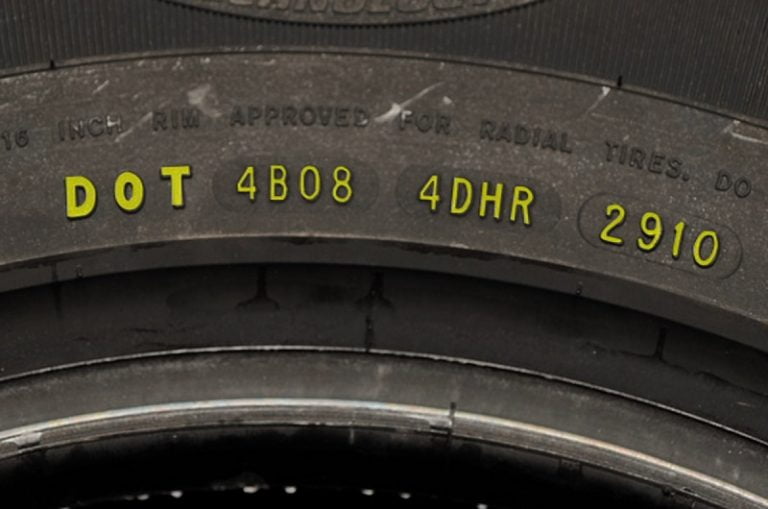
All tires carry a Transport Canada approval code that identifies the tire manufacturer, plant, tire make and model; as well as the date of production. In this example all you really need to know comes from the last three or four digits. In this example the tire was built during the 29th week of the 10th year (2010). Please note – if you go looking for this code – sometimes it’s on the inside wall of the tire – meaning you’ll have to get under the trailer to find it.
The DOT code is particularly useful when evaluating the fitness of trailer tires. Often rubber appears to be in good shape because of little use, but remember rubber does age and become brittle. The older a tire is, the more likely it is to have cracks in between the treads and on the sidewalls. But, you can’t count on these telltale signs – sometimes they don’t exist.
Years ago, in the wake of the Explorer tire problems, Ford Motor Co. issued a statement in regards to tire failures. Ford officials said the move came in response to a growing body of research that suggested tires deteriorate as they age and can experience tread separations and other failures, even if they looked robust. A spokesperson at the time that was quoted in a Detroit News story said “Tires degrade over time, even when they are not being used”.
At the time, Ford suggested as follows- “It is recommended that tires generally be replaced after 6 years of normal service. Heat caused by hot climates or frequent high loading conditions can accelerate the aging process.”
This all has to be considered good advice; however, the DOT Code also has one other very important use. When you buy new tires, you can and should check when your tires were made. I bring this up because buying new tires is no guarantee that they haven’t been sitting in a warehouse somewhere for years before they were sold. Imagine buying tires today and finding out that they were made two, three even five years ago. It has happened. Now, armed with this knowledge you can choose to not accept those out of date tires.
Knowledge is power – and in the current climate of isolation – you’ve also got the extra time to make sure your tires are ready for the season; whenever that will be.
Stay Safe.

